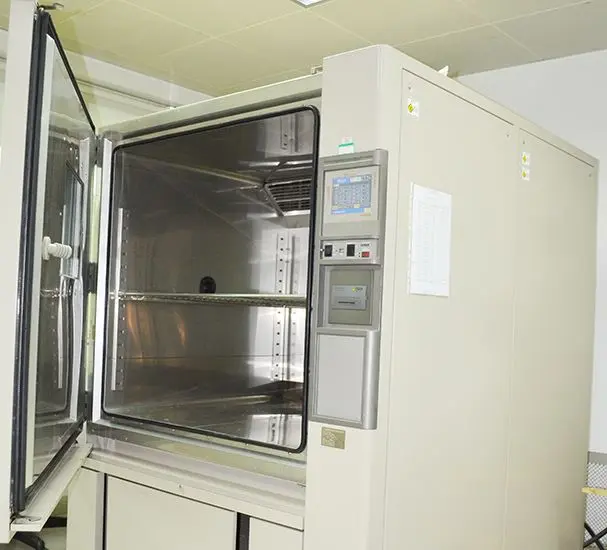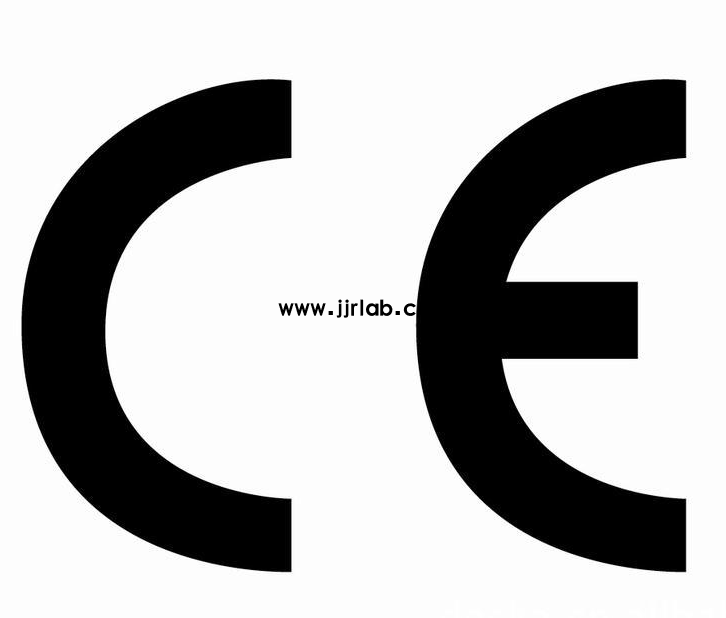
EMC Electrical Fast Transient (EFT) Immunity Test
The Electrical Fast Transient (EFT) Immunity Test is a method used to assess whether electronic devices can withstand rapid voltage changes and disturbances. This test simULates electromagnetic interference generated by lightning, electrostatic discharges, switching transients, and other similar processes, evaluating the stability and reliability of electrical and electronic equipment under these conditions.

Test Standards
IEC 61000-4-4
1. Burst Immunity Test: This simulates the interference generated by the switching of inductive loads by mechanical switches in the power grid. The characteristics of such interference are:
- Narrow pulses occurring in groups
- High repetition frequency (kHz-MHz range)
- Steep rise time (ns range)
- Short pulse duration (10-100 ns range)
- Amplitude REACHing the kV level
2. The narrow pulses in groups can charge the junction capacitance of seMIConductor devices, and once the energy accumulates to a certain level, it can cause errors in circuits or devices. During the test, pulses are applied to the power supply lines (via coupling/decoupling networks) and communication lines (via capacitive coupling clamps), creating interference on the equipment.
3. The test setup focuses on the equipment under test (EUT), which mainly includes the power supply ports, protective grounding (PE), and signal and control ports.
Electrical Fast Transient Immunity Test Levels
The open-circuit output test voltage and pulse repetition frequency parameters are as follows:
1. Level 1:
- Power and ground ports (PE): Voltage peak 0.5 kV, Repetition frequency 5 or 100 kHz
- Signal and control ports: Voltage peak 0.25 kV, Repetition frequency 5 or 100 kHz
2. Level 2:
- Power and ground ports (PE): Voltage peak 1 kV, Repetition frequency 5 or 100 kHz
- Signal and control ports: Voltage peak 0.5 kV, Repetition frequency 5 or 100 kHz
3. Level 3:
- Power and ground ports (PE): Voltage peak 2 kV, Repetition frequency 5 or 100 kHz
- Signal and control ports: Voltage peak 1 kV, Repetition frequency 5 or 100 kHz
4. Level 4:
- Power and ground ports (PE): Voltage peak 4 kV, Repetition frequency 5 or 100 kHz
- Signal and control ports: Voltage peak 2 kV, Repetition frequency 5 or 100 kHz
5. Level X:
- Power and ground ports (PE): Specific voltage peak, specific repetition frequency
- Signal and control ports: Specific voltage peak, specific repetition frequency
Note:
- Note 1: The traditional repetition frequency is 5 kHz; however, 100 kHz is more representative of real-world conditions.
- Note 2: For certain products, there may be no clear distinction between power and signal ports.
- Note 3: “X” can be any level, and the specific level should be defined in the technical specifications of the device.
How to Select the Pulse Group Immunity Test Level?
Level 1: Well-Protected Environment
Facilities with the following characteristics:
- The electrical fast transient pulse group is completely suppressed in switched power and control circuits.
- Power lines (AC and DC) are separated from control and measurement circuits from environments with higher severity levels.
- Power cables have shielding, and both ends of the shield are grounded at the facility's reference ground plane with power protection via filtering.
- Computer rooms represent this type of environment.
Level 2: Protected Environment
Facilities with the following characteristics:
- The electrical fast transient pulse group is partially suppressed in power and control circuits switched by relays (no contactors).
- Separation of power and control circuits from industrial circuits in more severe environments is incomplete.
- Unshielded power and control cables are separated from signal and communication cables.
- Control rooms or terminal rooms in factories and power plants represent this environment.
Level 3: Typical Industrial Environment
Facilities with the following characteristics:
- No suppression of the electrical fast transient pulse group in power and control circuits switched by relays (no contactors).
- Industrial lines are not properly separated from other lines related to higher severity levels.
- Power, control, signal, and communication lines use dedicated cables.
- Separation between power, control, signal, and communication cables is incomplete.
- A grounding system provided by conductive piping, grounding conductors, and a grounding network from cable trays (connected to the protective grounding system).
- Industrial process equipment locations represent this environment.
Level 4: Harsh Industrial Environment
Facilities with the following characteristics:
- No suppression of the electrical fast transient pulse group in power and control circuits switched by relays and contactors.
- Industrial lines in harsh industrial environments are not separated from those related to higher severity levels.
- Power, control, signal, and communication cables are not separated.
- Control and signal lines share multi-core cables.
- Outdoor areas of industrial process equipment, power plants, relay rooms in open-air substations, and gas-insulated substations (with typical installation measures) represent this environment.
Level X: Special Environment to be Analyzed
Depending on the degree of electromagnetic separation between the disturbance source and the device’s circuits, cables, and lines, as well as the installation quality, a higher or lower severity level than the above may be requiRED. Higher severity level equipment lines can enter environments of lower severity levels.
Purpose of Electrical Fast Transient Immunity Test
The purpose of the electrical fast transient group test is to verify the performance of electronic and electrical equipment when subjected to such transient disturbances. The repeatable fast transient test is conducted by coupling a group of rapid transient pulses to the power, signal, and control ports of electrical and electronic devices. The key aspects of the test are the transient's short rise time, repetition rate, and low energy.
The China JJR Laboratory EFT Testing System utilizes the new EFT 500T test system by 3Ctest, with a voltage range from 0.2 kV to 4.8 kV. It is also equipped with a three-phase five-wire coupling and decoupling network (AC 380V 32A, Max. 450V; DC 380V 32A), with coupling capacitors ranging from 100 pF to 1000 pF and a diameter of up to 40 mm. This setup meets the requirements of the new version of EFT testing.
Email:hello@jjrlab.com
Write your message here and send it to us
 How to Test IP68 Rating
How to Test IP68 Rating
 Differences Between FDA and LFGB for Food Contact
Differences Between FDA and LFGB for Food Contact
 Process and Precautions for Amazon CPC Certificate
Process and Precautions for Amazon CPC Certificate
 E-mark Certification Testing Service Laboratory
E-mark Certification Testing Service Laboratory
 Amazon ISO/IEC 17025 UL Testing Service Laboratory
Amazon ISO/IEC 17025 UL Testing Service Laboratory
 How to get CE Certification for Lighting Products?
How to get CE Certification for Lighting Products?
 CE Certification Standards & Process for Elect
CE Certification Standards & Process for Elect
 Japan METI Registration & Japanese Agent Servi
Japan METI Registration & Japanese Agent Servi
Leave us a message
24-hour online customer service at any time to respond, so that you worry!




